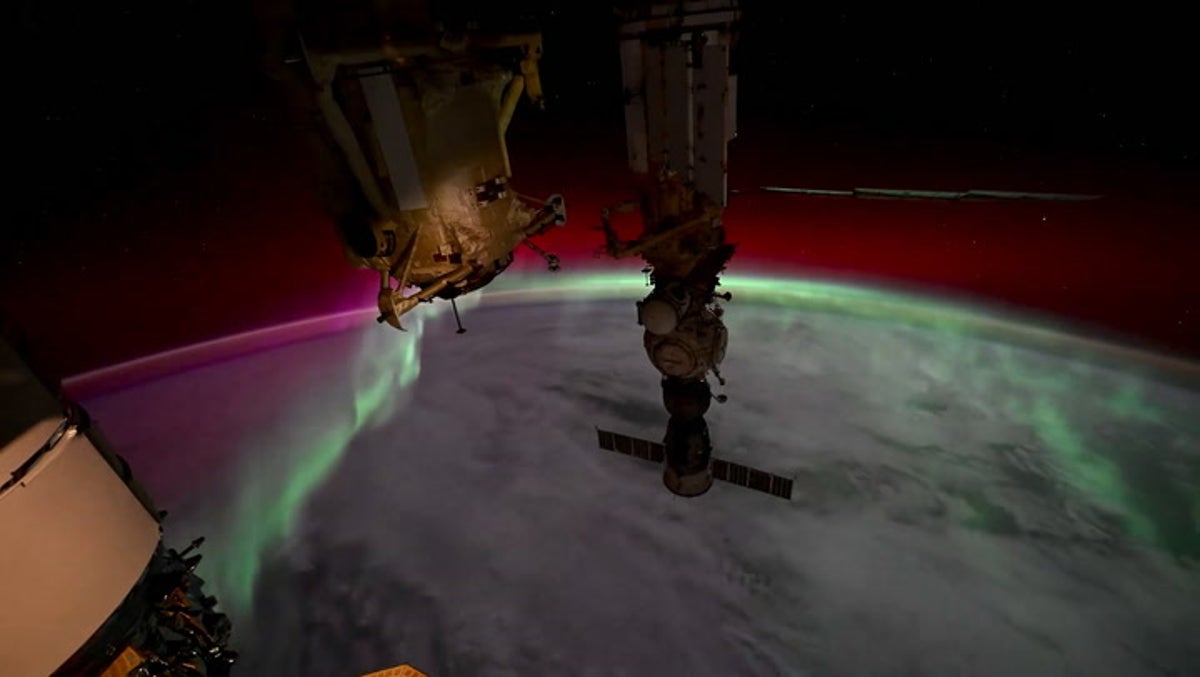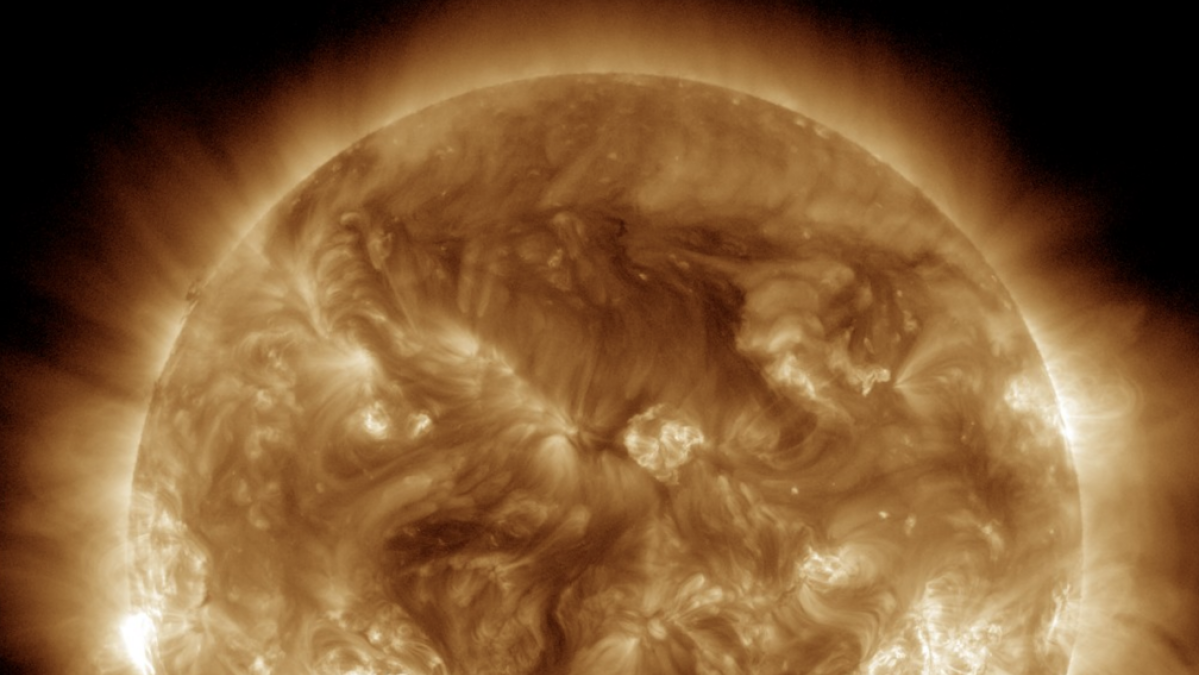Witness the Spectacular Northern Lights
If you reside near the U.S.-Canadian border, rejoice! The captivating Northern Lights may linger, providing a second chance to behold this celestial wonder.
A Celestial Marvel
Since the weekend, the aurora borealis has illuminated the northern skies of the United States, dazzling observers in Minnesota, Oregon, Pennsylvania, California, and Maryland, coinciding with the peak of the Perseid meteor shower.
According to the U.S. National Oceanic and Atmospheric Administration’s Space Weather Prediction Center (SWPC), the Northern Lights may persist in the northernmost regions of the country, including northern Michigan and Maine.
Maximizing Your Viewing Experience
While proximity to the north is ideal, it’s worth venturing outdoors even if you’re unsure, as auroras can be visible up to 600 miles away under optimal conditions.
For the best viewing experience, seek out areas with minimal light pollution and clear skies. The Northern Lights are not visible during daylight hours, so plan your observation between 10 p.m. and 2 a.m. for optimal results.
The Science Behind the Spectacle
Auroras are caused by disturbances on the Sun’s surface, such as solar flares. This week’s display originates from a recent coronal mass ejection.
The Sun’s corona, its outermost atmosphere, releases plasma and magnetic fields. These charged ions travel towards Earth’s magnetic field, which deflects most but allows some to reach the polar regions.
Upon interacting with oxygen and nitrogen atoms, these ions create the dazzling colors of the aurora. Auroras in the Northern Hemisphere are known as aurora borealis, while those in the Southern Hemisphere are aurora australis.
A Global Phenomenon
The aurora australis has also graced the night skies of Australia and New Zealand, casting vibrant hues of pink and green across the southern skies.
Witnessing this celestial marvel is an experience that transcends words. As the curtains of light dance and shimmer, they paint the sky with a cosmic masterpiece that captivates the heart and soul.
Additional Information
The SWPC predicts a potential for minor power grid fluctuations and a mild impact on satellite operations due to the solar winds responsible for the auroras. However, these effects are expected to be minimal, allowing you to fully enjoy the breathtaking spectacle.


